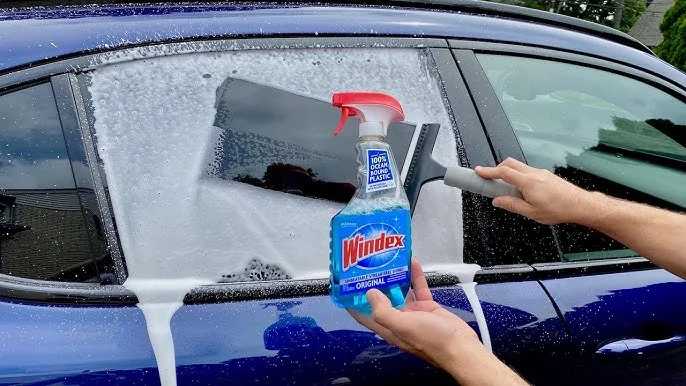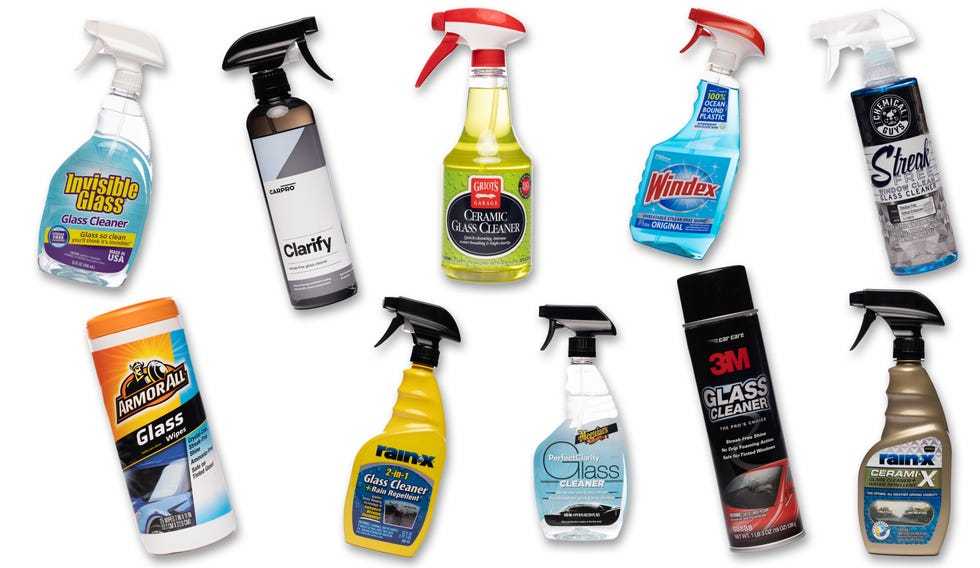If you’re wondering whether your laminated glass needs replacing, look for visible signs of damage like cracks, chips, or delamination. You can also test its integrity by gently pressing on the glass—if it feels soft or flexible, it might be compromised. Regular inspections can help catch issues early before they become safety hazards.
Laminated glass typically shows signs of damage when it’s time for a replacement, such as cracks or delamination. It’s important to assess its condition regularly and watch for any changes that could compromise safety. Knowing these indicators can save you money and ensure your protection.
When it comes to laminated glass, recognizing the signs that indicate it needs replacement is essential for safety and security. Over time, even the most durable glass can develop cracks or start to delaminate due to impacts, weather conditions, or aging. These issues may not always be obvious at first glance, but paying close attention to visible damage or changes in the glass’s strength is key. Ignoring these signs can lead to further deterioration or even breakage, which could pose risks to inhabitants or passersby. Regular visual inspections, along with gentle tests for flexibility and soundness, can help you determine if your laminated glass needs professional evaluation or replacement. Being proactive ensures safety and maintains the integrity of your glass fixtures.
How to Know If Laminated Glass Needs Replacement
Understanding Laminated Glass
Laminated glass is made of two or more layers of glass bonded together with a plastic interior layer, usually polyvinyl butyral (PVB). This design makes the glass safer because it holds together if broken, reducing the risk of injury. It also offers excellent UV protection and helps in noise reduction.
Common Signs of Damage
One of the quickest ways to identify if laminated glass needs replacement is by observing visible damage. Look for cracks, chips, or cloudiness that may appear over time. Even small cracks can worsen and compromise the safety and integrity of the glass.
Visible Cracks and Chips
Cracks often start small but can expand quickly, especially under stress or temperature fluctuations. Chips can create weak spots that risk shattering upon impact. It’s essential to inspect regularly, particularly in high-traffic areas or near door handles and hinges.
Cloudiness or Fogging
If the laminated glass appears cloudy or foggy, moisture may have seeped between the layers. This usually indicates that the seal has broken, and the glass may need replacing to restore clarity and safety.
Assessing Structural Integrity
Beyond visual inspection, testing the glass’s strength can reveal hidden issues. Laminated glass should remain sturdy; any wobbling or looseness suggests compromised support.
Checking for Flexibility
Gently press on the glass surface. If it feels soft or gives under pressure, the interior bonding might be failing. This could lead to unexpected breakage, especially during impacts or temperature changes.
Monitoring for Shifts or Movement
If laminated glass is part of a window or door, observe for any signs of shifting or misalignment. Movement or sagging indicates potential failure of the adhesive bond or frame issues.
Environmental Factors That Affect Laminated Glass
Certain environmental conditions can accelerate damage or deterioration in laminated glass, signaling the need for replacement.
Exposure to Extreme Temperatures
Rapid temperature changes cause expansion and contraction of glass, creating stress points. Over time, this can weaken the bonding layers, leading to cracks or delamination.
Sunlight and UV Damage
Prolonged exposure to sunlight may degrade the plastic layer, making it brittle and prone to cracking. Faded or broken-down plastic indicates it’s time to consider replacing the glass.
Weather-Related Wear and Tear
Hail, strong winds, or heavy storms can cause physical damage. After severe weather events, inspect laminated glass thoroughly for cracks or chips that might have gone unnoticed.
Delamination and Its Impact
Delamination occurs when the layers of laminated glass start to separate. This process weakens the overall structure and is a clear sign that replacement is necessary.
Indicators of Delamination
Look for bubbles, peeling, or areas where the plastic layer appears to be lifting or separating from the glass. These signs mean the bonding is compromised, reducing the glass’s safety performance.
Effects on Safety and Security
Delaminated laminated glass is more likely to break or shatter suddenly, posing a safety hazard. It also becomes less effective at resisting break-ins or resisting impact.
Frequency of Inspection
Regular inspections help catch issues early before they require costly replacement. Depending on the location and usage, inspecting laminated glass every six months to a year is advisable.
What to Look For During Inspections
During checks, examine the entire surface for cracks, chips, fogging, or signs of delamination. Use a flashlight to see into corners and edges. Pay special attention to areas exposed to the elements or frequent impacts.
Professional Assessments
If you notice any signs of damage but are unsure about the severity, consult a professional. Experienced glaziers can perform detailed tests to assess the glass’s safety and recommend necessary actions.
When to Consider Replacement
Knowing when the damage exceeds simple repairs is vital. Laminated glass should be replaced if safety or integrity is compromised.
Severe Cracks or Chips
Cracks that are extensive or located in critical areas impair the glass’s ability to withstand impacts. Chips that penetrate the outer layer too deep compromise safety.
Persistent Fogging or Cloudiness
This indicates seal failure and moisture inside the layers. Replacing is necessary to restore clarity and prevent further deterioration.
Evidence of Delamination
Any signs of layer separation mean the glass no longer functions properly. Replacement ensures safety and maintained performance.
Structural Instability or Shifting
If the glass feels loose or shifts in its frame, it is a sign of bond failure. Immediate replacement is recommended to prevent accidents or breakage.
Cost Considerations and Replacement Options
Replacing laminated glass can vary in cost, depending on size, thickness, and location. Sometimes, minor damages can be repaired, but often full replacement is the best choice for safety.
Repair vs. Replacement
Small cracks may be temporarily fixed with specialized resin or bonding, but these are not permanent solutions. For most signs of significant damage, full replacement is safer and more durable.
Choosing the Right Replacement Glass
Select laminated glass with appropriate thickness, safety ratings, and UV protection features. Match the existing glass specifications for consistency and performance.
Preventative Maintenance to Extend Life
Proper care can prolong the lifespan of laminated glass and delay the need for replacement.
Regular Cleaning
Use gentle, non-abrasive cleaners and soft cloths. Avoid harsh chemicals that can damage the plastic layer.
Protective Measures
Install protective films or shutters in areas exposed to harsh weather or frequent impacts. This can reduce damage and extend the glass’s functionality.
Prompt Repairs
Address minor damages immediately before they worsen. Timely repairs prevent costly replacements and maintain safety.
Knowing when laminated glass needs replacement involves careful observation, regular inspections, and understanding environmental impacts. Visible cracks, fogging, delamination, and structural shifts are key signs that replacement is needed. Addressing issues early not only maintains safety but also prevents higher costs down the line. Proper maintenance and timely professional assessments ensure laminated glass continues to serve its protective and aesthetic purpose effectively.
Did you know that laminated glass is a top choice????
Frequently Asked Questions
What signs indicate that laminated glass may be compromised or deteriorating?
If you notice cracks, chips, or persistent fogging within the laminated glass, it’s a sign that the integrity of the layers may be compromised. Also, if the glass appears cloudy or hazy even after cleaning, this could indicate a failure in the lamination or moisture infiltration. These issues suggest that the glass might no longer provide the necessary safety or insulation qualities, and replacement should be considered.
How does the appearance of delamination or bubbling affect the decision to replace laminated glass?
Delamination or bubbling between layers of laminated glass points to a breakdown of the adhesive bond. This weakening can reduce the glass’s strength and safety performance. When these visual signs appear, especially in high-traffic or safety-critical areas, replacing the glass ensures continued protection and durability.
Can environmental factors or incidents signal the need for glass replacement?
Exposure to extreme weather, impacts from objects, or prolonged UV exposure can weaken laminated glass over time. If you experience damage from hail, storms, or accidental impacts that cause cracks or chips, replacing the glass becomes necessary to maintain safety and thermal efficiency. Regular inspections after such events help determine if replacement is needed.
What role does the age of laminated glass play in deciding whether it needs replacement?
Over time, laminated glass can deteriorate due to exposure to environmental elements, even if it appears intact. Many manufacturers recommend replacing laminated glass after 10-15 years to maintain optimal safety and performance. If your glass surpasses this age, consider having it evaluated by professionals to decide if a replacement fits your safety requirements.
How can I evaluate the structural integrity of laminated glass without professional tools?
Perform a visual inspection to look for signs like cracks, cloudy areas, or bubbles. Gently press around the edges to check for looseness or movement, which indicates possible deterioration. Any abnormal appearance or signs of damage should prompt a consultation with a glass specialist to assess whether replacement is necessary for safety and performance reasons.
Final Thoughts
Il est important de savoir si votre verre laminé a besoin d’être remplacé. Vérifiez d’abord si des fissures ou éclats apparaissent, car cela indique des dommages potentiels. Observe également si le verre devient brisé ou déformé, ce qui compromet sa sécurité. Enfin, si le film intérieur se décolle ou si le verre perd sa transparence, il est temps d’agir. En somme, savoir comment savoir si laminé glass needs replacement vous permet d’assurer votre sécurité rapidement et efficacement.



